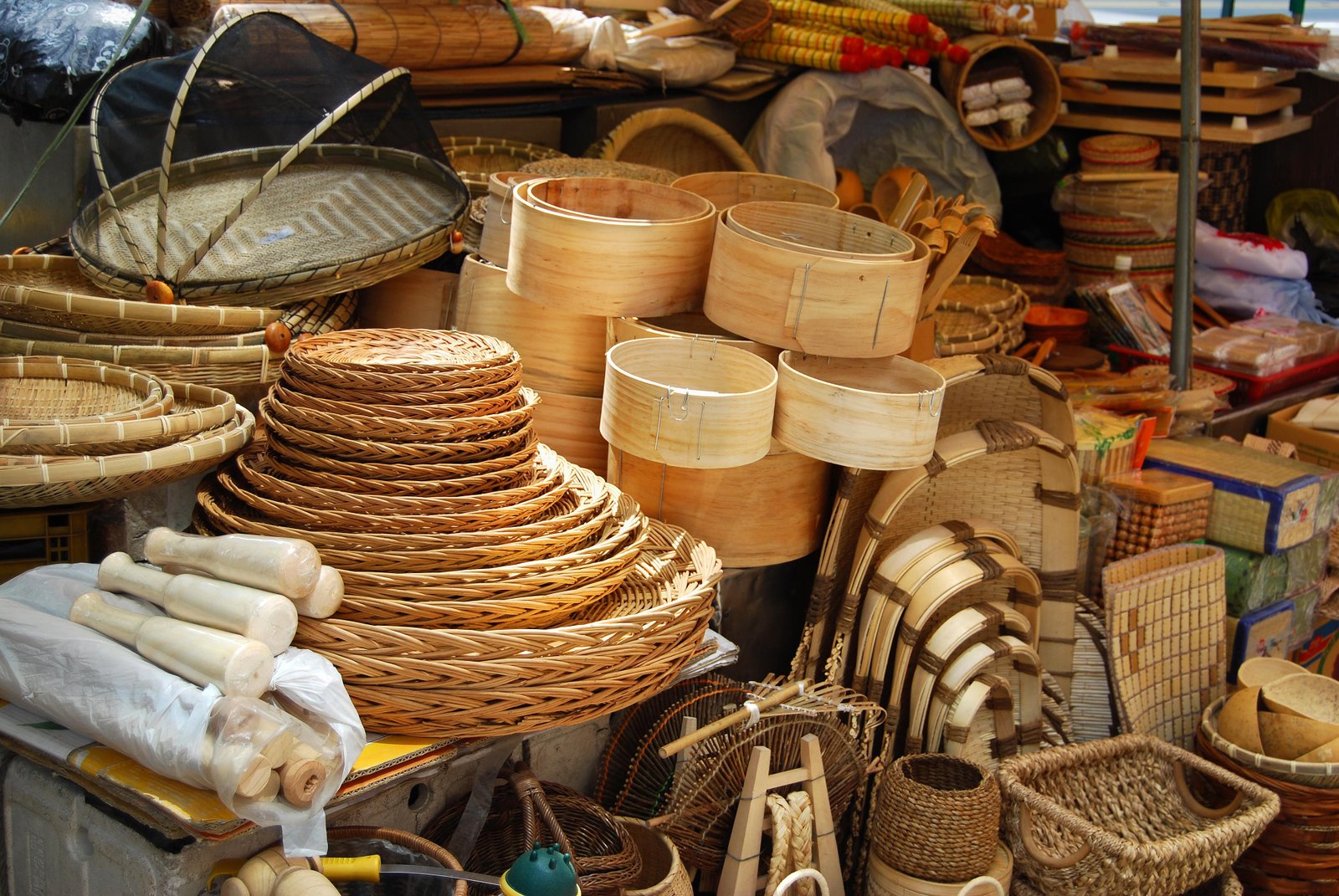No products in the cart.
Explore how handicraft markets in Laos fuel local creativity, empower artisans, and strengthen cultural economies.

Laos is often described as a land of artisans, where weaving, pottery, basketry, and wood carving are integral parts of daily life. Across towns and villages, handicraft markets serve as vibrant spaces where these traditions come alive. More than just shopping destinations, these markets are engines of creativity, economic empowerment, and cultural preservation. They connect artisans with buyers, provide platforms for innovation, and ensure that Lao cultural identity continues to flourish in the modern economy.
Why Handicraft Markets Matter
Economic Empowerment: Provide steady income for rural families.
Cultural Preservation: Safeguard traditional skills passed down generations.
Creative Innovation: Encourage blending of old motifs with modern designs.
Tourism Appeal: Attract visitors looking for authentic cultural experiences.
Community Development: Revenue reinvested into local infrastructure and education.
Types of Handicrafts Found in Markets
Textiles: Intricate silk and cotton weaving.
Pottery: Traditional clay pots and modern decorative ceramics.
Basketry: Bamboo and rattan baskets for daily use and decoration.
Wood Carvings: Religious statues and household items.
Jewelry: Silver ornaments made by ethnic minority artisans.
Economic and Social Benefits
Encourages women’s entrepreneurship.
Strengthens community pride and cultural identity.
Reduces migration by creating local jobs.
Builds connections between urban and rural economies.
Expands export opportunities through international buyers.
Challenges
Competition from machine-made or imported goods.
Lack of branding and global marketing strategies.
Limited infrastructure for international trade.
Younger generations drifting away from artisanal crafts.
Example in Laos
The Night Market in Luang Prabang has become a cultural landmark, where artisans sell handwoven textiles and handmade jewelry. It attracts both tourists and local buyers, creating sustainable income for hundreds of families.
Conclusion
Handicraft markets in Laos are not just commercial spaces but cultural engines. They empower artisans, preserve traditions, and foster creativity, ensuring that Lao culture thrives in a globalized world.
About CITS Laos
CITS Laos partners with artisan groups, cooperatives, and tourism boards to strengthen handicraft markets. We create bilingual cultural platforms, run creativity campaigns, and design SEO strategies to showcase Lao handicrafts worldwide. By supporting these markets, CITS Laos ensures artisans remain central to Laos’ cultural and economic growth.